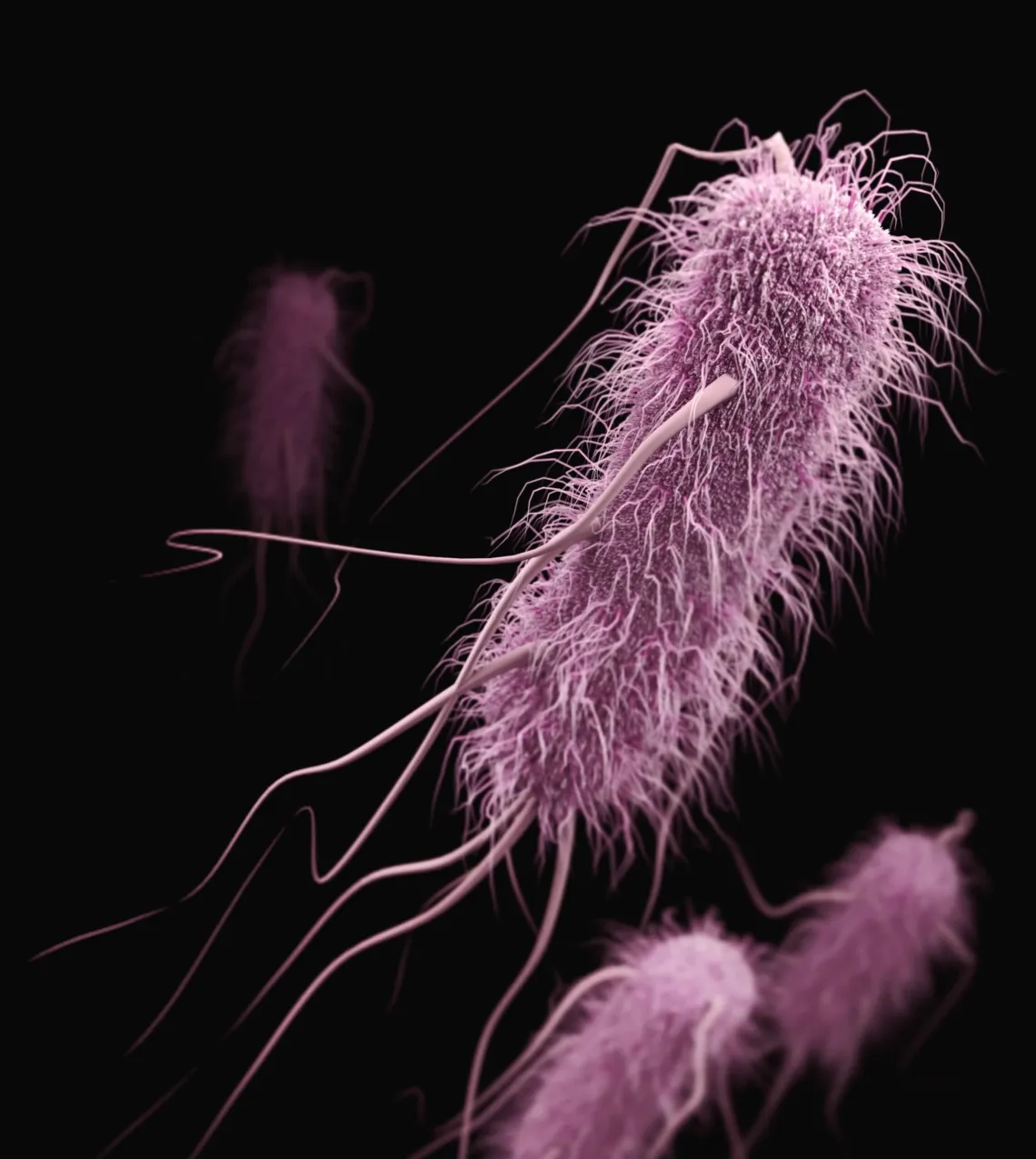
Health
Understanding Cancer: What It Is, How It Starts, and Why Early Detection Matters
|
What Is Cancer?
Cancer is a group of diseases marked by the abnormal and uncontrolled growth of cells, which can spread to other parts of the body if left unchecked. Under normal circumstances, cells in our body grow, divide, and die in a regulated manner. However, cancer disrupts this process—damaged or old cells don’t die when they should, and new cells form unnecessarily, sometimes leading to tumors. While not all cancers form solid tumors (e.g., leukemia), many do, posing serious risks to health and life.
How Does Cancer Develop?
The root of cancer lies in the DNA of our cells. DNA is made up of genes that instruct cells on how to function, grow, and divide. When mutations occur in these genes—whether inherited or caused by environmental factors like radiation or harmful chemicals—cells may begin to grow uncontrollably. These mutations may result from inherited genetic material or be acquired over time due to aging or exposure to carcinogens such as tobacco smoke, UV rays, and certain viruses.
Types of Cancer You Should Know
There are over 100 types of cancer, typically named after the part of the body or type of cell where they originate. The most common type is carcinoma, which arises in epithelial cells covering body surfaces. Subtypes include:
Adenocarcinoma (glands like breast or colon),
Basal cell carcinoma (skin’s basal layer),
Squamous cell carcinoma (skin or inner organ linings),
Transitional cell carcinoma (urinary tract lining).
Sarcomas arise in bones or soft tissues like muscles and fat.
Leukemias are blood cancers that start in bone marrow and affect white blood cell production without forming tumors.
Lymphomas begin in immune cells called lymphocytes and often affect lymph nodes.
Multiple myeloma starts in plasma cells in bone marrow, weakening bones and immune response.
Melanomas develop in melanocytes, the pigment-producing cells of the skin, and can be particularly aggressive.
Brain and spinal cord tumors are classified by the type of nerve or brain cell affected, such as astrocytes. These can be either benign or malignant.
Why Early Detection Is Crucial
Early detection is crucial in successfully treating cancer. This involves both education—so people recognize early symptoms like unexplained lumps, persistent pain, or non-healing sores—and screening, which helps identify cancer before symptoms appear. Common screening tests include mammograms (breast), Pap smears (cervical), colonoscopies (colorectal), and low-dose CT scans (lung).
Understanding the nature of cancer, how it develops, and how it can be identified early empowers individuals to take action for their health. Public awareness, access to screenings, and prompt medical attention can significantly reduce the burden of cancer. In essence, knowledge is a powerful tool in the fight against this disease.
Don’t forget to Like, Share, and Subscribe!
Unleash Your Potential and Empower Every Moment of Your Life!



